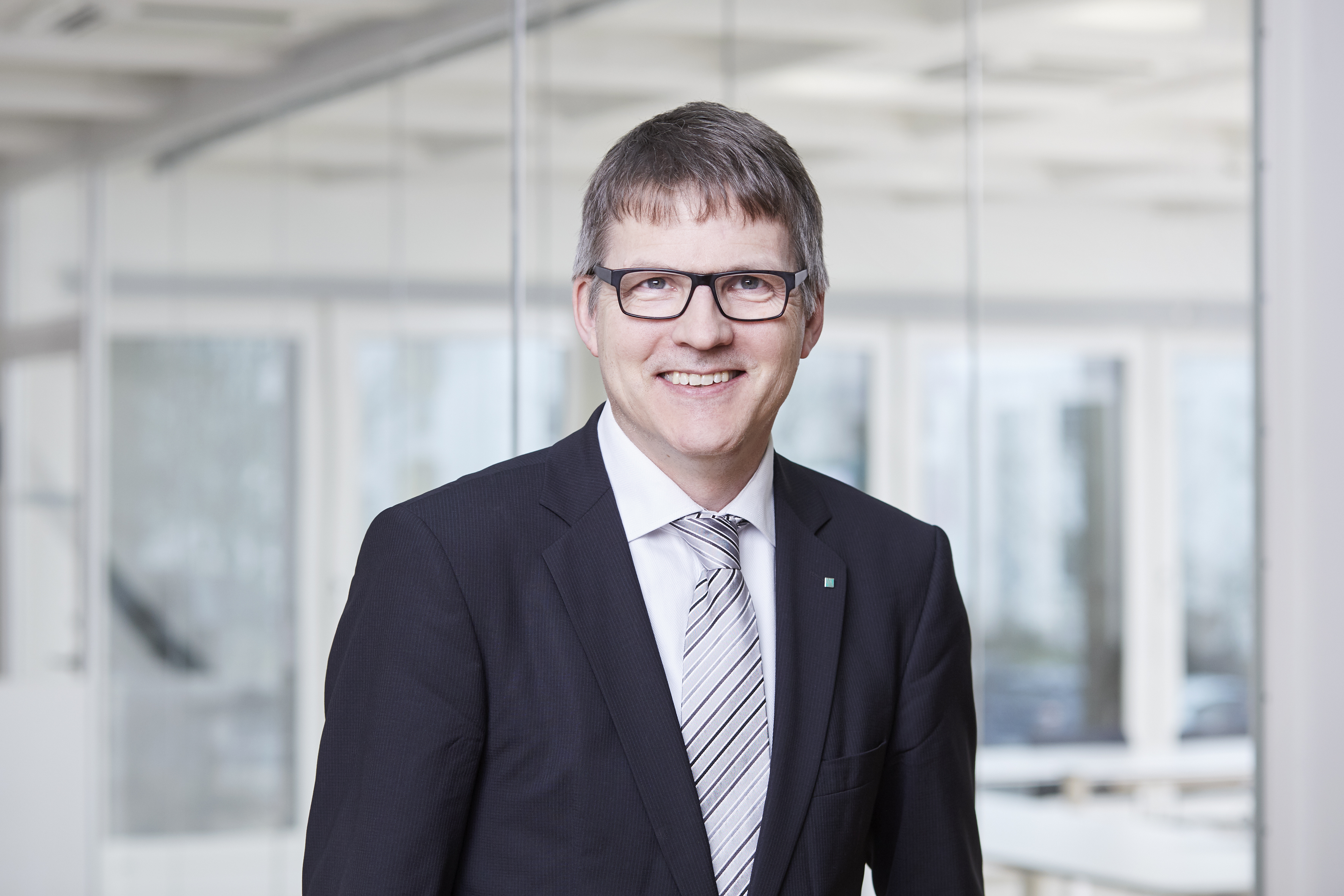The Composite Engineer training course is unique. It covers the entire life cycle of a fiber reinforced plastic component. This comprehensive course offered by the Training Center for Fiber Composite Technology at Fraunhofer IFAM is based on the expertise of the Fraunhofer Lightweight Design Alliance, namely the expertise and know-how of nine Fraunhofer institutes. Prof. Dr. Andreas Büter, Head of the Fraunhofer Lightweight Design Alliance, explains the added value of the modular nature of the course and the comparison with a swarm of bees.
From bees and swarm intelligence: The Composite Engineer
What is the purpose of the Composite Engineer course? What is so special about this training course?
Prof. Dr. Andreas Büter: The idea of the Composite Engineer training course originated from industry itself. Many engineers in industry have a mechanical engineering background and are thus metal-minded: In their work many have dealt exclusively with metal. For some years now, lightweight fiber composite materials have placed new requirements on manufacturing industry. Many course participants ask whether components that are traditionally made from metal can now be made from fiber reinforced plastic and what the advantages would be and what special points would have to be considered. We as a research organization can integrate the very latest R&D findings into the courses. The Composite Engineer is the only course that passes on this comprehensive technical knowledge and awards certificates to successful participants.
What added value for the participants does the certificate have?
Certificates are awarded to course participants who successfully pass the final examination. The latter meets the requirements of the international standard DIN EN ISO/IEC 17024. This standard prescribes, for example, that the examination is performed before an independent examination committee who are not involved with the training course. This guarantees transparency and objectivity and hence a qualification of high value. The examination focuses on not just anything but precisely on the subject matter learned in the course: directly useable state-of-the-art knowledge on fiber reinforced plastics.
The Composite Engineer course covers the whole life cycle of a fiber reinforced plastic component. The course participants also have differing training needs. How can this be achieved in a single training course?
The course begins with an Introductory Module. The participants first of all learn what fiber composites are, what fiber and matrix systems there are, and how to make choices. They so acquire a fundamental understanding of the features and potential uses of fiber reinforced plastics. Then there are four Base Modules covering in more technical detail the components of FRPs, manufacturing methods, the machining of FRPs, and joining methods. The course participants learn how the materials and components must be brought together and processed and learn about special points that have to be heeded.
As the course participants have differing jobs in a wide range of different companies in various sectors of industry, it is the Advanced Modules that are especially important. Based on their knowledge level and work area, the participants then select the four Advanced Modules most appropriate to them. Engineers used to working with metals can, for example, select to learn about the applications of fiber composites and how they are machined. For those involved in testing the specifications/features of materials and components, the modules on calculation methods and non-destructive testing are recommended. Thus each course participant can acquire the technical knowledge he/she needs.
And the modules can even be individually booked.
Management personnel might, for example, be interested in taking only the Introductory Module to acquire a modicum of technical knowledge to aid making company decisions.
What role did the Fraunhofer Lightweight Design Alliance play in designing and implementing the Composite Engineer training course? Could one not simply directly work with the individual Fraunhofer institutes?
The Fraunhofer Lightweight Design Alliance is like a swarm of bees. The modules are managed and supervised by the individual institutes: For example, the module covering the non-destructive testing of fiber reinforced plastic components is the responsibility of the Fraunhofer Institute for Non-destructive Testing IZFP and the mechanical design of fiber composite components is covered by the Fraunhofer Institute for Mechanics of Materials IWM and the Fraunhofer Institute for Structural Durability and System Reliability LBF. So each bee does what they do best and seeks where necessary support from others. The expertise of the individual institutes that make up the Fraunhofer Lightweight Design Alliance represents a whole, figuratively a swarm of bees. This is a win-win situation for the course participants because a swarm of bees is larger and can achieve more. Each institute offers its core expertise. The Fraunhofer Lightweight Design Alliance is the coordinator and is responsible for the overall course content. Only by working in this way are we able to cover all facets of the entire life cycle of a fiber composite component in depth.
The individual modules take place at the respective Fraunhofer institutes. Why?
The research institutes are naturally best equipped for their own area of expertise. At Fraunhofer LBF, for example, there is a full range of test devices for the destructive testing of components. And obviously it makes sense to hold the module on non-destructive testing at Fraunhofer IZFP. The module leaders, who also come from the relevant institutes, are therefore able to directly demonstrate on-site the various test methods, coating methods, etc. This is a practical approach and we can also adapt the course contents to the latest R&D findings and the specific challenges in the participants' companies.
Many thanks for the interview!
